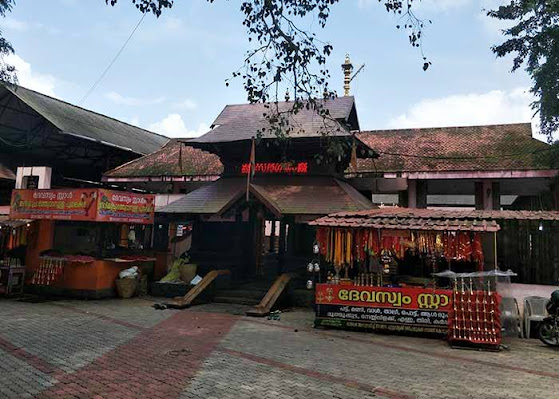Kadalur Lighthouse: The century old beacon along the land on Panthalayani Coast.

Standing tall at over 34 meters banded with white and black colors, the Kadalur Lighthouse at Thikkodi is a heritage of over a century. Built in 1908, this landside lighthouse is a place to visit for history enthusiasts and common folk alike. The lighthouse in typical architecture was built by the British and commissioned in 1909 when the Chance Brothers 2nd order Dioptric revolving lens was installed with a white flashing light that could be seen for 20 miles. The lighthouse with 246 plastered and 15 steep wooden steps opens to a panoramic watch area which gives you the view of the sea on one side and the wide landscape of the Nandi area on the other side. The lighthouse is in Thikkodi and has many names - Kadalur point, Cotta point, Nandi lighthouse. The word Cotta comes from Fort point which denotes the bastion point of the fort built by Mysore king Tipu Sultan in the 18th century as he always feared that his position could be compromised if the British attacked fr...


.jpeg)
.jpeg)
.jpeg)
.jpg)